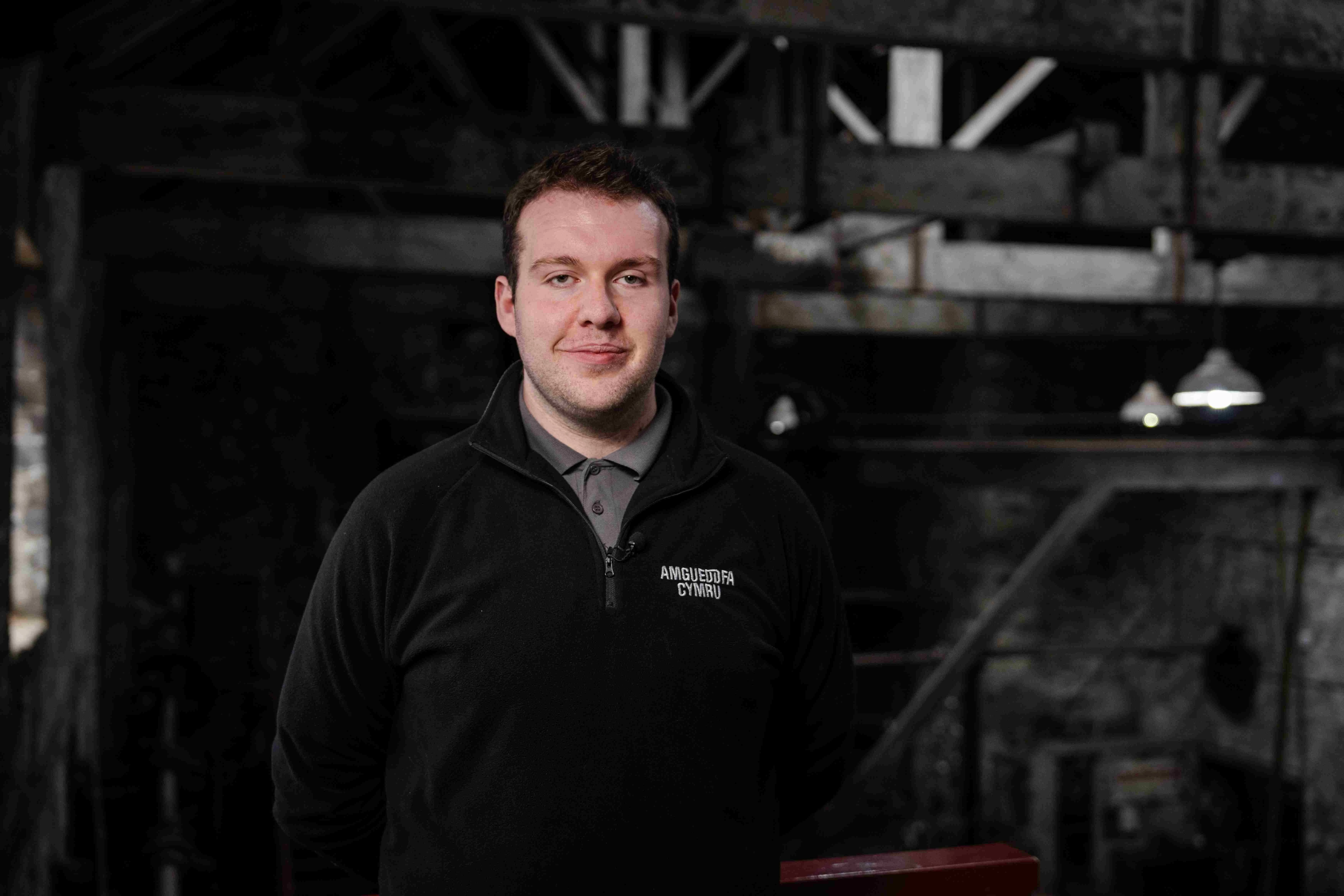How do you pack up and move a Museum?
21 May 2025
One of the first and largest parts of our redevelopment project has been the work of moving most of our collections off site to a nearby collections centre. This was necessary in order to ensure their safety whilst renovation and building work are carried out on site.
Work began back in July 2024 with the appointment of 2 new Collections Assistants - Osian Thomas and Mathew Williams - who joined Curator Cadi Iolen, to begin the enormous task of itemising, labelling and packing up each object in the Museum.
Here they tell us a bit more about what was involved in 'moving a museum'.
"There are over 8,000 objects in our collection ...this was an enormous task!" Cadi Iolen, Curator
The National Slate Museum is housed in the original engineering workshops at Gilfach Ddu, and was opened in 1972 following a dedicated campaign by the community to keep it in tact as a Museum. Although the majority of our collection was documented, quite a large amount wasn't and so we've had to go back to basics and document and tag everything in the Museum so that everything's recorded.
From Slate dressing tables to bellows, blocks and tackles to dressing machines, the sheer scale of the project has been immense and surprising at times. From the smallest wooden pattern to our much-loved locomotive, UNA, the Gilfach Ddu workshops are now a very different place to what people are used to seeing during a normal visit. As we’ve moved through the Museum we’ve made some surprising discoveries.
The Foundry was another room which needed to be recorded before items being moved. The massive sand area in the middle of the room was once filled with casting boxes and metal equipment and the walls were adorned with wooden patterns so big that it is difficult to grasp their size until they eventually came off the wall – each one revealing their legacy imprint on the paintwork behind them.
We closed the Museum at the end of October 2024 and in November the removals began! This was challenging on many levels, from huge items which needed their very own transport to moving all the tiny items in storage boxes. Working with Restore Harrow Green – an expert removals company specializing in large scale library, museum and office moves – things were relocated very quickly and efficiently.
One of the first rooms to be emptied was the Volunteers Loft (the last room in the pattern loft) which was full of Conserved Collections of wooden patterns and other objects. The Foundry, Smithy, Caban all followed and room by room, the museum slowly transformed from a place full of objects where space was at a premium, to suddenly feeling eerily empty.
Then it was time to move the larger objects on the Museum’s main yard. Who would’ve thought at the beginning of this redevelopment journey that we’d see one of our locomotive boilers suspended over the museum yard by a crane on a Thursday morning?
This is just the end of the first chapter of this large redevelopment project.
The objects have now found a new temporary home at our new Collections centre in Llandegai near Bangor.
We're planning open days there soon ...but we'll tell you all about that amazing space in the next blog!







